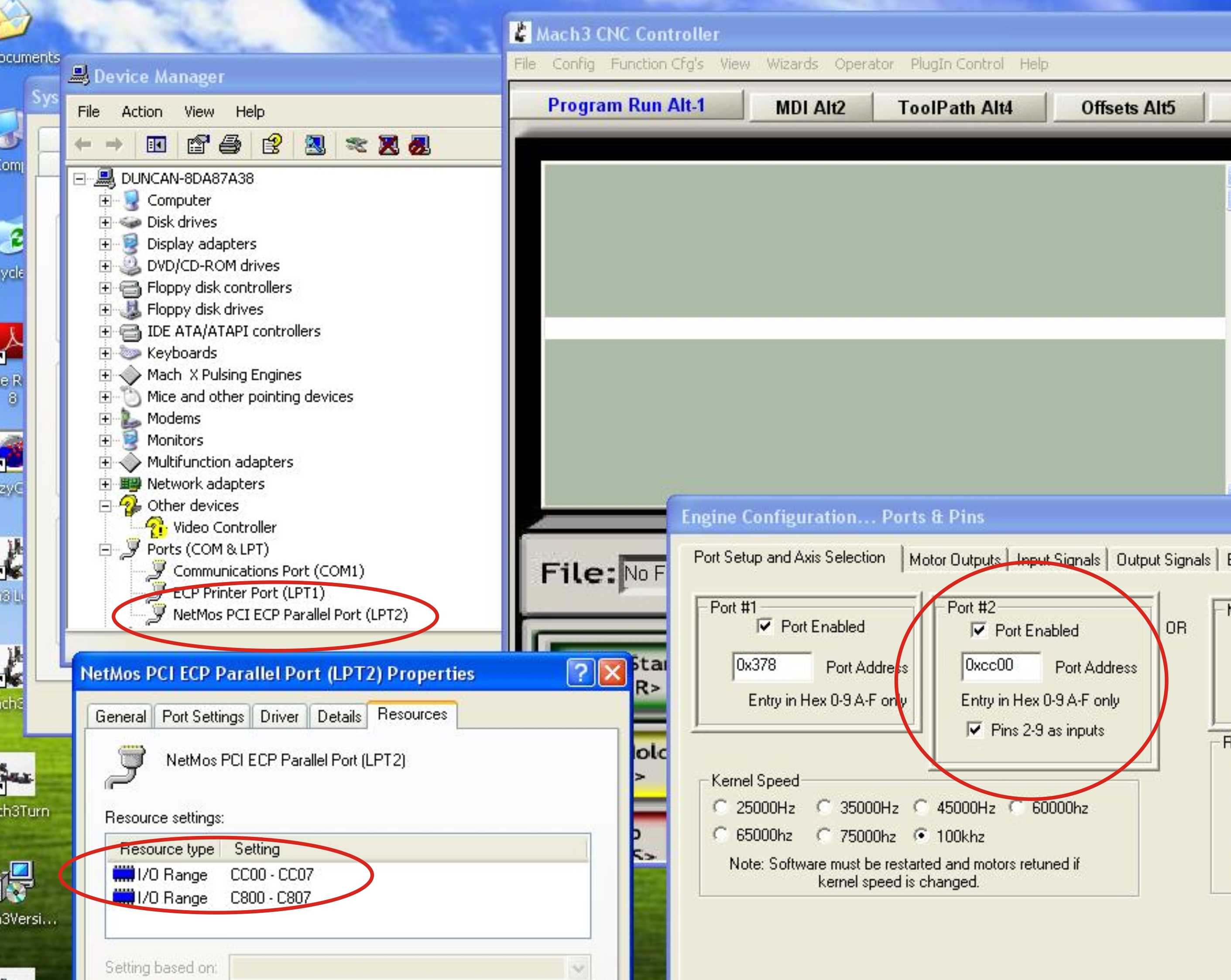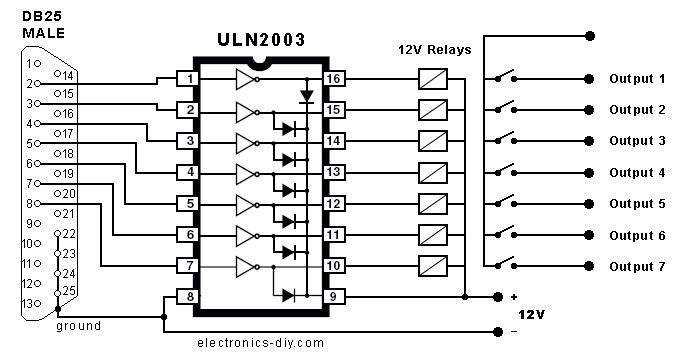

Right! But unlike LPT ports, where CNC motor control signals can be directly connected to, usage of USB requires the use of a USB CNC controller device, which can communicate with the computer over a standard USB bus on one end and exposes standard CNC machine-related signals on the other end.ĭue to increased communication overhead and non-realtime behavior of the USB bus, these USB CNC controllers must also take over all low-level machining operations, like homing, probing, etc.

It is therefore logical that these ubiquitous high-tech high-speed buses can be utilized for the use with CNC machines, right? USB communication bus is a standard bus that all newer PCs are equipped with. In the 2010s, parallel ports are becoming extinct and simple solutions to interfacing a standard PC with a CNC machine are becoming rare.

Parallel (LPT) port-based CNC motion controllers were highly popular in the past, driving a widespread of hobby CNC machines and a plethora of various affordable LPT motion controllers, which were also used in smaller and medium-sized commercial CNC machines. Smaller CNC machines often use a standard off-the-shelf PC and a customized interface to motor drivers. Now, let’s talk about USB CNC controllers more specifically… USB CNC controllers Let it be a mill, a lathe, EDM, or a plasma cutter, the precise positioning of the work tool is controlled and supervised by a CNC controller, which generates signals that turn or move the actuators (motors) of the machine. These machines drive the production of complex and precisely dimensioned objects out of a variety of materials. Nowadays, one cannot imagine production processes without the use of computer numerical control (CNC) machines, controlled with USB CNC controllers,


 0 kommentar(er)
0 kommentar(er)
